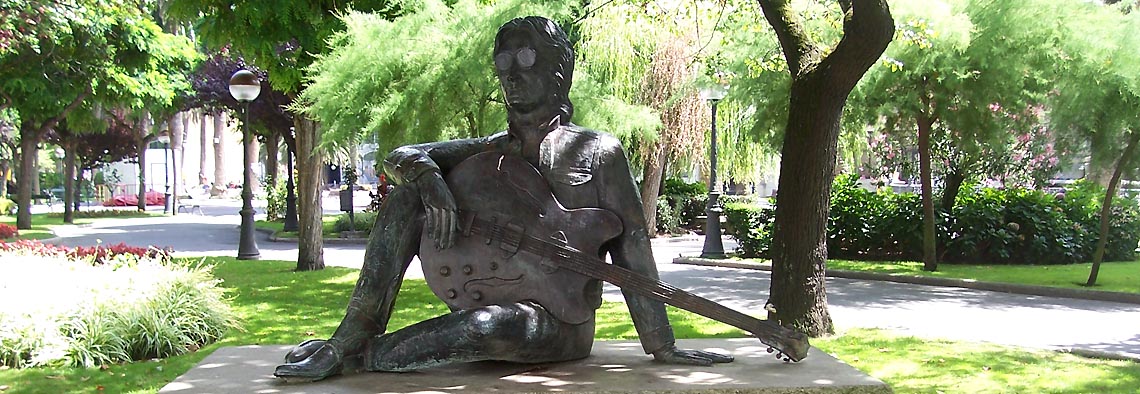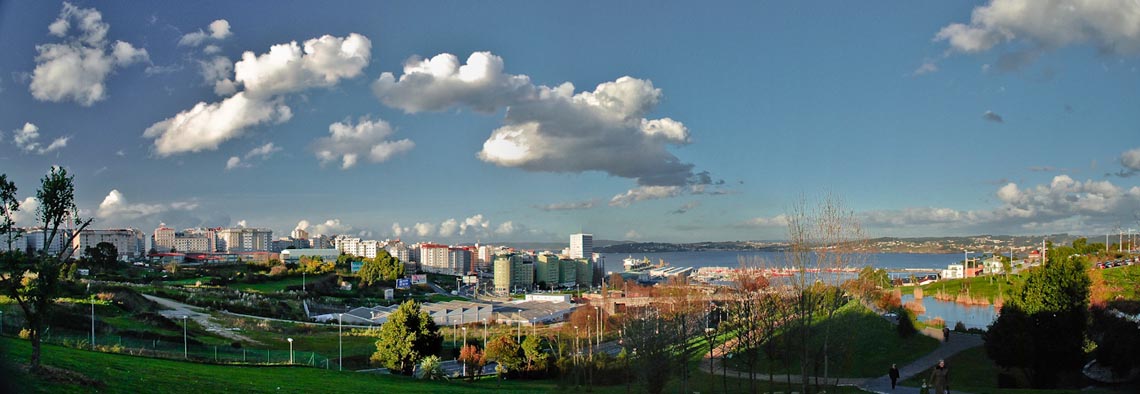5 Highlights of A Leipzig Getaway
05 October, 2016
In terms of tourism, Germany is much more than just Berlin, Munich and Hamburg. In recent years, some cities from the former German Democratic Republic (GDR) are gaining prominence like any other, having shaken off the dust and deadweight of the Socialist regime they lived under during the Cold War. One of these newly emerging cities is Leipzig, its waxing popularity driven by the art scene, its recent history and the great vitality of its inhabitants. In the following we pinpoint the reasons that make Leipzig the ideal destination for your next getaway.
Leipzig – A Music Destination
Listen up, classical music lovers! Music is very much in vogue in Leipzig, and I mean goodmusic, largely owing to the city’s past. It is famous for composers of the calibre of Johann Sebastian Bach, who was cantor of the Choir at St Thomas Church, one of the oldest in the world. And of Robert Schumann and Clara Wieck, who entertained their contemporaries as musicians and as a couple. For Felix Mendelssohn, Leipzig was where he spent the last few years of his life, while the city is the birthplace of Richard Wagner. The Augustusplatz is the city’s music hub and the site of the Gewandhaus concert hall, a Brutalist-style building which houses one of the most widely acclaimed symphonic orchestras. Right opposite stands the Opera, the third oldest in Europe. Oddly enough, the two institutions share the same conductor.
Leipzig – A Defiant City
The chain of events that led to the downfall of the GDR unfolded precisely in Leipzig. Throughout 1989, a number of masses and peaceful protests were held around the Church of St Nicholas that gradually wore down the old, established regime and led to the fall of the Berlin Wall. The Stasi, the feared secret police of East Germany, witnessed these events in silence, as, faced with growing grass-roots pressure, they declined to intervene. Leipzig boasted numerous printing presses in the second half of the 20th century and, in order to monitor their activity, the Stasi had their headquarters set up in the so-called Haus zur runden Ecke (House of the Rounded Corner). Today it is a museum showcasing the workings of the former State security, which so hobbled the lives of the GDR’s citizens.
Leipzig – A Trade Centre & River Port
Leipzig has long been a major trade centre and, to provide merchants conducting their business with shelter from the inclement weather – rainy and overcast most of the year – around twenty covered arcades were built. Two of the best known arcades are Speck’s Hof – the oldest in Leipzig, which currently showcases some magnificent paintings and ceramic medallions, and the Mädler arcade with its stylish glass skylight and the historic Auerbachs Keller restaurant, where Goethe overheard the stories that inspired Faust when he was studying in Leipzig. As a tribute to the celebrated writer, there are two statues dedicated to the main characters in this paramount work of universal literature.
Leipzig’s commercial calling is partly due to the White Elster river, a sub-tributary of the Elbe, which numerous canals criss-crossing the city flow into. They also provide a different way of discovering it – from a small boat.
Leipzig – An Artistic Melting Pot
The Saxon city is currently one of the favourite destinations among painters, designers and creators from the world over on account of the lively art scene that has blossomed in the Spinnerei, once Europe’s largest spinning mill. Today it is an unusual, colossal cultural centre where contemporary art is produced and exhibited. It features twelve art galleries, a hundred art studios and over a hundred cubicles rented out to creators who flock to Leipzig to soak up the latest trends and share their know-how with other colleagues. Here, they feel very much at home.
Leipzig – A Grand City
Leipzig is a distinguished city with character and some striking monuments and other buildings. Prominent in the Augustusplatz is the Paulinum, one of the Leipzig University buildings, featuring a facade emulating the Paulinerkirche, the former university church which was senselessly dynamited in 1968 during the times of the GDR regime. Another building which stands out, at least for its height, is the City-Hochhaus, known as the “wisdom tooth” on account of its design. The top floor of this landmark houses the Panorama Tower restaurant and viewing platform. Their lunch menu is very reasonable and the eatery is worth visiting, if only for the splendid views.
The city also features a colossal monument which, apart from being oversized, also has an unpronounceable name – the Völkerschlachtdenkmal– which was built to commemorate the Battle of the Nations in 1813, specifically the defeat of Napoleon at Leipzig by a coalition of nations, namely Prussia, Russia, Sweden and Austria.
Come and discover this German city – check out your Vueling here.
Text by Tus Destinos
Images by Robin Kunz, Michael Bader, Peter Hirth, LTM-Tom Schulze, Nils Petersen
05 October, 2016







